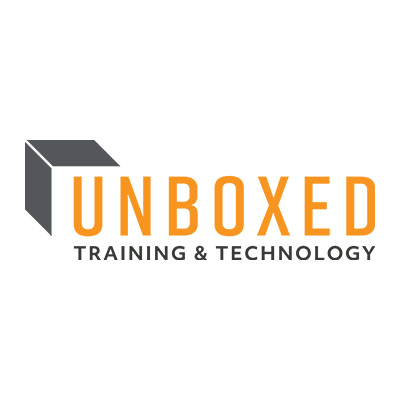ATD Blog
Management Versus Enablement: How to Inspire Change in Your Organization
Mon Feb 03 2020

Change is a necessary part of life. It may not be something we like, but it’s something we must deal with. In the past few decades, change management has been a hot topic. Despite how much buzz there’s been around it, the failure rate of change management initiatives holds at around 70 percent.
The problem is that the stakes are even higher today because change is happening at an accelerated rate. What’s more, we seem to be changing unintentionally.
So how do we turn around this narrative? The first step in rewriting this story is changing the lexicon.
From “Change Management” to “Change Enablement
It’s time to reset the way we talk about change by retiring the phrase “change management” and replacing it with “change enablement.”
Why use “enablement?” The word is defined as the action of giving someone the authority or means to do something. Basically, it’s giving each person the power to influence change and own it.
Change management is the:
small number of people responsible for the change
top-down messaging about what’s changing
focus on what has to be done.
Change enablement is:
everyone sharing mutual responsibility for the change
transparent company-wide communication about why change is happening and why it’s exciting
a focus on accelerating adoption.
How to Roll Out a Change Enablement Program
To facilitate the shift from change management to change enablement, your program has to have the right infrastructure in place. Our recommendation is to follow the three-pronged approach: tools, training, and support.
Part One: Tools
The first piece of the puzzle is having the right tools. This one sounds simple but requires real consideration. Think about what you may need from a logistical perspective to roll out the change and ensure everything is in place before you move forward.
Part Two: Training
When you’re rolling out a change, you need to think intentionally about how you’re teaching the new expectations, responsibilities, and norms.
Part Three: Support
You can have the best tools and training on the market, but your team needs to know who to go to when (not if) they have questions.
Share the What, Why, How, and When
Begin with a live-action video that features some of your leadership team speaking candidly toward the camera. Transparency from the onset can help people trust that the change is well thought out.
Then, set your team up for success by giving them training about any new technology you’re rolling out (and how to use it) and any new expectations you have around their performance.
Sustainment
Change doesn’t happen overnight; it takes time. With sustainment, the focus should be on fun, engaging activities designed to help reinforce knowledge and practice key skills.
Online Support
As with any training program, it’s crucial to have a designated person or group to go to for support. It just makes it easy to remember and easy to do.
Manager Check-Ins
We also recommend weaving manager checkpoints into your program. During these check-ins, team members should meet with their managers to talk about how they’re instituting the change in their day-to-day jobs.
Change is here to stay. And it’s not enough to simply react to change anymore. Instead, you must teach people why the change matters, why it’s happening, and how it affects them. Empower them to take some ownership over the change themselves. After all, what you’re really trying to do is enable change, not just manage it.
If you’re trying to decide what types of change enablement training are best for you, we’d love to be a resource.

